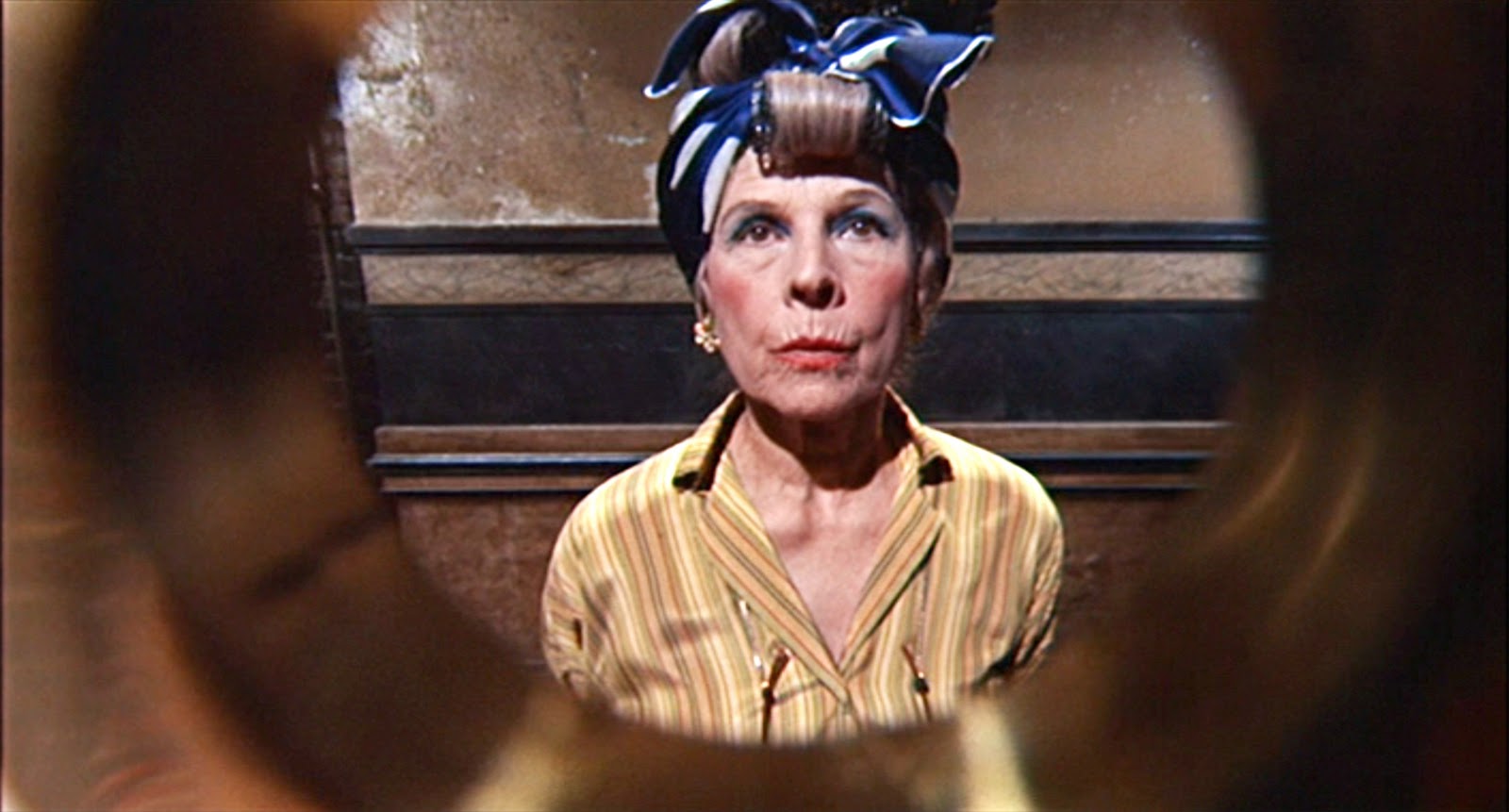With his most recent release, Venus in Furs, he continues on the path of a literary trend, looking to novels and plays for cinematic inspiration. His previous films, The Ghost and Carnage have taken influence from the written word, looking to the art form as a way of probing the human mind in ways further still. If you look at his filmography, however, his work seems to flip from one area to another, with seemingly little continuity. At one point in time, he focuses on the tensions between a souring relationship; at another, the crumbling of an entire people under a dictatorship. One thing’s for certain, however: Polanski has a way into the human mind like few others. Whilst disparate in theme, his films are obsessed with the human condition and particularly, the mind under peril.
In his most famous early film Knife in the Water, Polanski presents an incredibly claustrophobic romantic breakdown, as a couple’s sailing trip turns into something entirely more sinister. Accompanied by an unannounced stowaway, the couple are forced to include him in their journey. Despite his overwhelmingly friendly personality, they are never sure of his purpose on the boat and soon, his presence causes huge tensions between the man and the woman. Knife in the Water is set almost exclusively at sea and is deceptively simple. In the unchanging environment, the true natures of the characters are made apparent; without superfluous influence, they are at their most animalistic.
Following from Knife in the Water, Polanski would go on to make the film Repulsion,an equally single-focused and claustrophobic look at a young woman’s mental downfall. With perhaps a career-defining performance from a young Catherine Deneuve, Repulsion takes place almost exclusively in the young woman’s apartment, left alone for the weekend as her sister departs for a short trip. The woman in question is repelled by the men she attracts and, left alone, soon starts to develop obsessive and self-destructive behaviour, slipping into hallucination and violence. The woman seems repulsed by the very fact of living; she imagines the apartment where she lives as feeding from her and in a particularly creepy sequence, trying to consume her. Repulsion is a fascinating, if warped, look into the broken human mind.
The characters in Cul-de-sac don’t really fare much better. Set in a remote coastal home, the film follows the fate of its two inhabitants after their home is taken over by wounded criminals. Despite the high risk set up of the film, the narrative is unsettlingly underplayed. In one particularly strange scene, the homeowners are forced to pretend the invading criminals are family members, including them in their plans as friends make their way to their house. When the action does come to a head, it is incredibly sad and melancholic but rarely tense. Polanski looks the potential situation through everyday eyes; he sets up his scene as he would those of a domestic nature, never overdramatizing the scene. For its quietness, the film is all the more lasting and the final shot is perhaps one of the most haunting in cinema.
In Chinatown, Polanski secured his first Hollywood production, featuring Jack Nicholson at the helm. Filmed in ‘70s Los Angeles, the film makes more than a few allusions to the Watergate scandal, without ever actually mentioning it, of course. Nicholson’s Jake Gittes is hired initially as a small time private eye, catching out cheating men for their scorned wives. Soon, however, he stumbles on a twisted family plot and things start to become altogether more confusing. The film’s ending is famously nihilistic and whilst the narrative comes to a head in a way, there are dozens of loose ends left dangling. The nature of Polanski’s cinema is utterly bare faced; whilst others would be tempted to give the audience what they really want, Polanski has no qualms about leaving them dissatisfied and outraged.
Polanksi reaches a sort of body horror in one of his most famous films, Rosemary’s Baby. Moving across America to the East coast, the film depicts a newlywed couple as they start a life together in New York. Soon, the woman becomes pregnant with something a little more sinister than is normal. We all know the story; the tale of the satanic cult has been rejuvenated time and again in cinema, its sharp talons apparently hooked deeply in our cinematic narrative. The film has obvious comparisons with the characterisation in Repulsion but whereas Catherine Deneuve’s ingénue is looked on by concerned loved ones, Mia Farrow’s wife is made to feel that she is utterly mad when she is sane. Typical to Polanski, the ending is somewhat fatalistic, portraying his defensive female lead giving in to those around her. Polanski seemed to believe that, in cinema at least, it is not always possible to overcome evil. Sometimes, human nature isn’t strong enough.
In his more recent films, Polanski continues on his somewhat dour trend. His characters are rarely the heroes of their world; they are battered by those around them and have to fight to be heard. And yet, when you watch a Polanski film, there is rarely a sense of overbearing pessimism; there is not the sense that Polanski is overwhelmingly disillusioned. Rather, he is a filmmaker with a firm grasp on the world around him and a keen understanding of the human mind. If you ever wanted to find out more about those around you, just look to Polanski for the answer.

